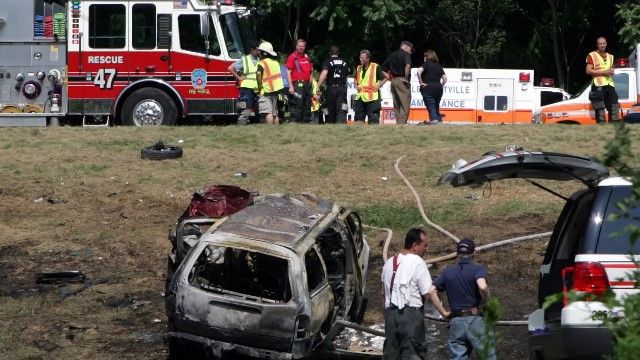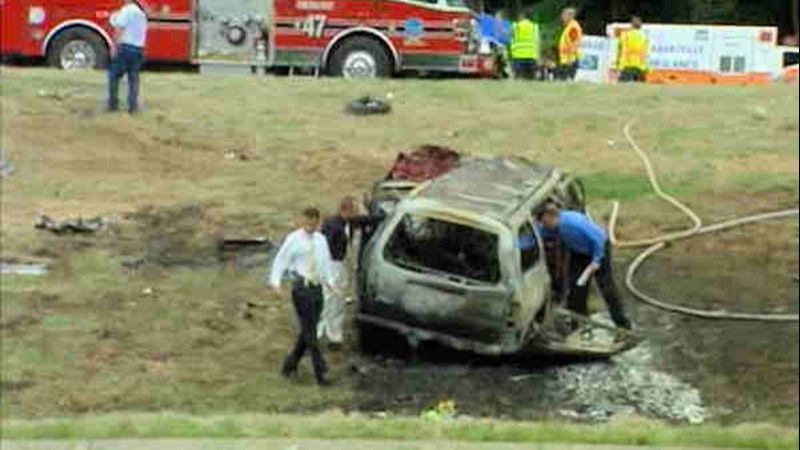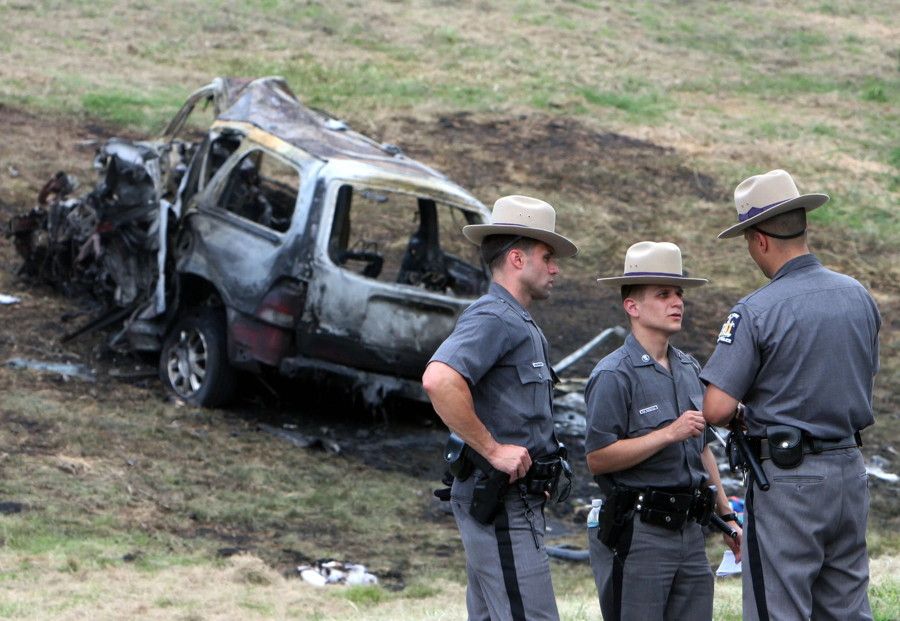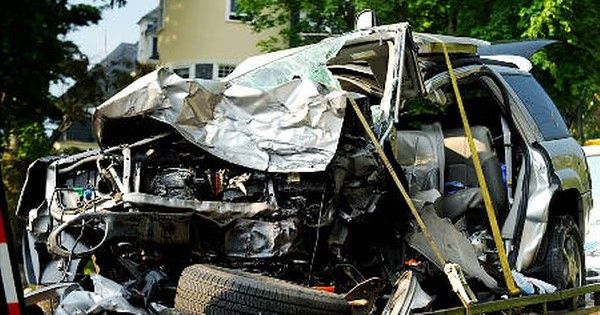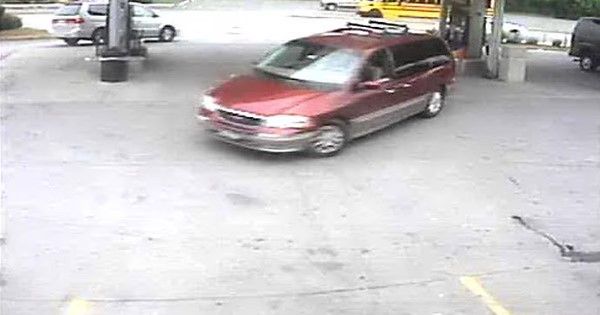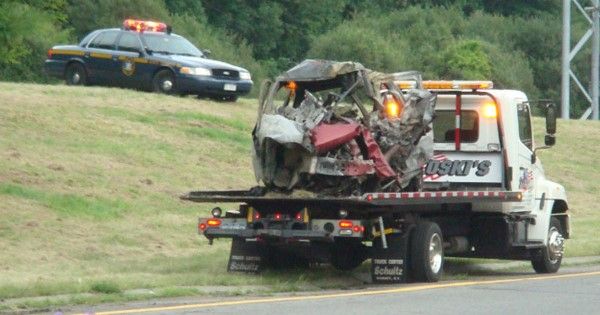The Diane Schuler Crash of 2009
On the morning of July 26, 2009, a seemingly ordinary summer day turned into a tragic nightmare on the Taconic State Parkway in New York. The incident, which would later be known as the Diane Schuler crash, claimed the lives of eight people and left a nation grappling with questions about substance abuse, personal responsibility, and the pressures of maintaining an image of perfection.
The driver at the center of the incident was Diane Schuler, a 36-year-old cable executive and mother of two. Schuler, her two children, and her three nieces were returning from a camping trip in Sullivan County, New York. They were traveling in a red Ford Windstar minivan, a vehicle that would soon become synonymous with one of the most horrific traffic accidents in New York's history.
At approximately 1:35 PM, Schuler's minivan, traveling in the wrong direction on the parkway, collided head-on with a Chevrolet Trailblazer SUV. The crash resulted in the deaths of Schuler, her 2-year-old daughter, her three nieces aged 8, 7, and 5, and the three men in the SUV - Michael Bastardi, his son Guy, and family friend Daniel Longo. Schuler's 5-year-old son, Bryan, was the sole survivor of the crash.
The initial investigation by the New York State Police was a complex and multi-faceted process. It began at the scene of the accident, a stretch of the Taconic State Parkway near Briarcliff Manor. The investigators' primary goal was to understand why Schuler had been driving in the wrong direction.
Eyewitness accounts and emergency calls made by other drivers were crucial in this phase of the investigation. Multiple drivers had seen Schuler's minivan traveling the wrong way, some even swerving off the road or into the other lane to avoid a collision. These accounts indicated that Schuler's minivan had been seen traveling the wrong way for nearly two miles before the collision.
Investigators also examined the physical evidence at the scene. The wreckage of the vehicles, the skid marks on the road, and the distribution of debris all provided valuable clues about the moments leading up to the crash.
Another key part of the investigation was the autopsy and toxicology tests performed on Schuler. These tests were crucial in determining whether Schuler had been under the influence of alcohol or drugs at the time of the crash.
In addition to these elements, investigators also conducted interviews with family members, friends, and acquaintances of Schuler. They sought to piece together her actions and state of mind in the hours and days leading up to the accident.
The question on everyone's mind was simple yet baffling: Why? Why had a seemingly responsible mother of two, described by those who knew her as a careful and conscientious driver, ended up causing such a devastating accident? The investigation aimed to answer this question, delving into every possible angle to uncover the truth behind this tragic event.
The mystery deepened when investigators learned that just hours before the crash, Schuler had been captured on a gas station's surveillance camera. In the footage, she appeared sober and in control, her actions not suggesting any impairment. Moreover, her husband, Daniel Schuler, insisted that his wife was a responsible woman who did not have a drinking problem. He described her as a perfect wife and an outstanding mother, painting a picture of a happy family life that seemed to contradict the unfolding narrative.
However, the toxicology report from the Westchester County Medical Examiner's Office told a different story. The report revealed that Schuler had a blood alcohol level of 0.19% at the time of the crash, more than twice the legal limit. Additionally, high levels of THC, the active ingredient in marijuana, were found in her system. This revelation sparked a nationwide debate about substance abuse and its hidden presence in seemingly perfect families. It also led to a deeper investigation into Schuler's life, with law enforcement, media, and the public scrutinizing her lifestyle and habits.
Despite the toxicology report, Daniel Schuler and his attorney, Dominic Barbara, continued to dispute the findings. They suggested potential medical conditions that could have caused the crash. They pointed to Diane's reported toothache and abscess, and even suggested that a stroke could have been responsible. They commissioned private investigators and held press conferences, maintaining that the Diane Schuler they knew could not have been drunk or high while driving, especially with children in the car.
However, the medical examiner's office refuted these claims, stating that there was no evidence of a medical condition that could explain Schuler's erratic driving. The autopsy showed no signs of a stroke, aneurysm, or heart attack. The high levels of alcohol and THC in her system were deemed the likely cause of the fatal crash.
The investigation into the Diane Schuler crash was a painstaking process that sought to piece together the events leading up to that fateful day. It was a case that highlighted the devastating consequences of impaired driving and sparked discussions about substance abuse, personal responsibility, and the pressures of maintaining an image of perfection.
The public reaction was a mix of shock, disbelief, and sorrow. Many found it hard to reconcile the image of Diane Schuler as a successful executive and loving mother with the person who had caused such a devastating accident.
